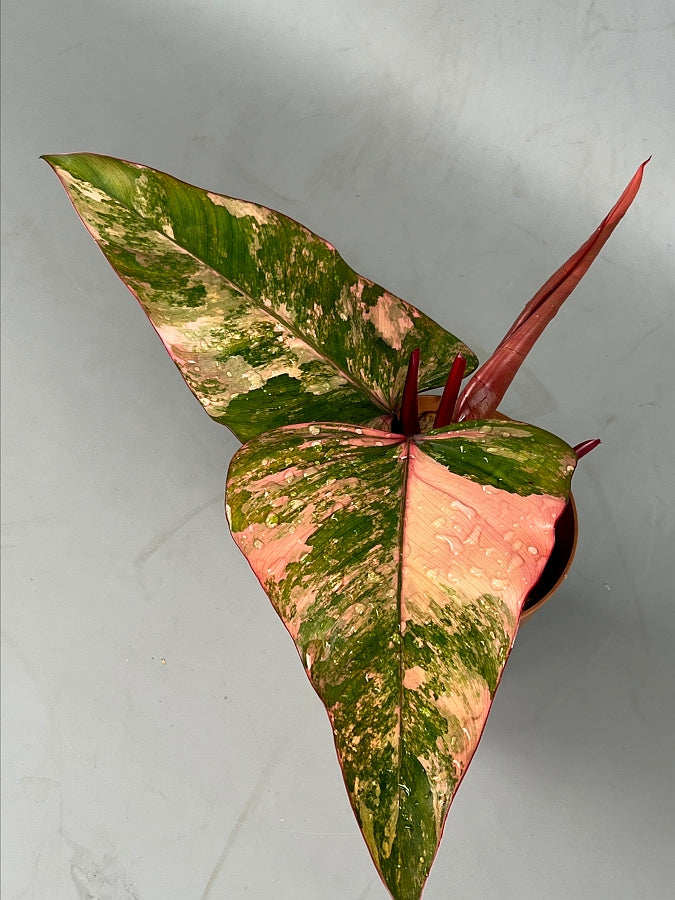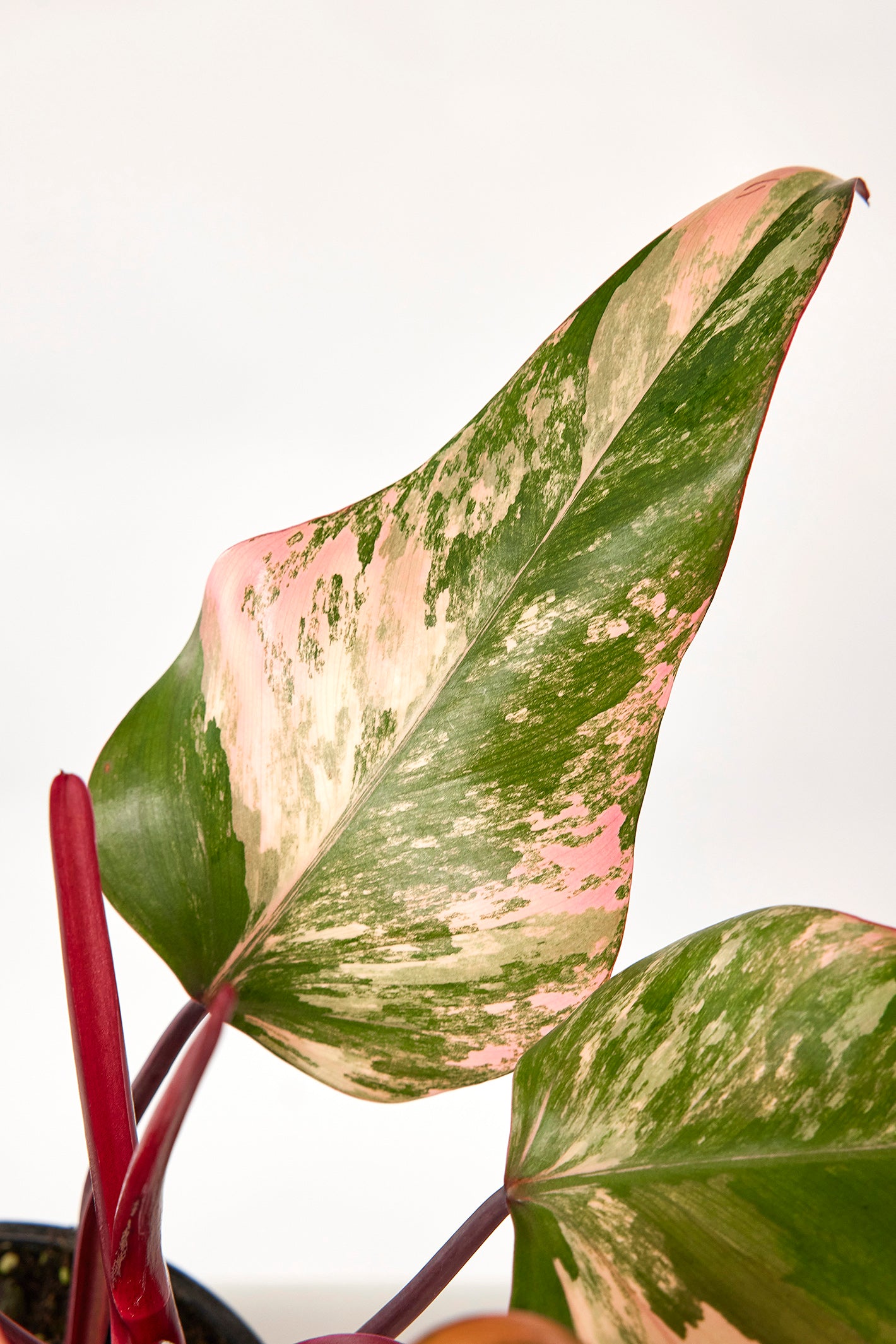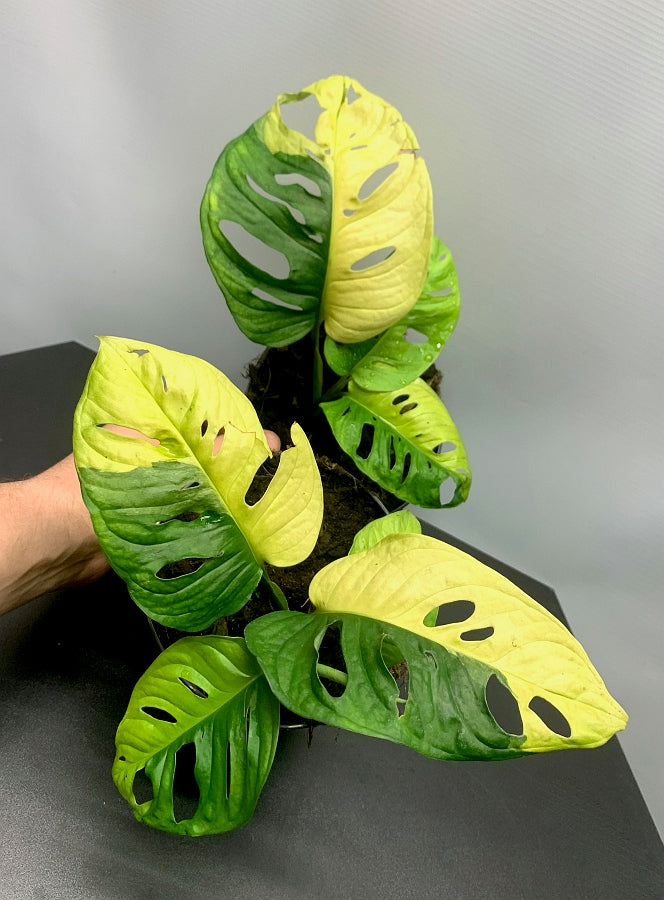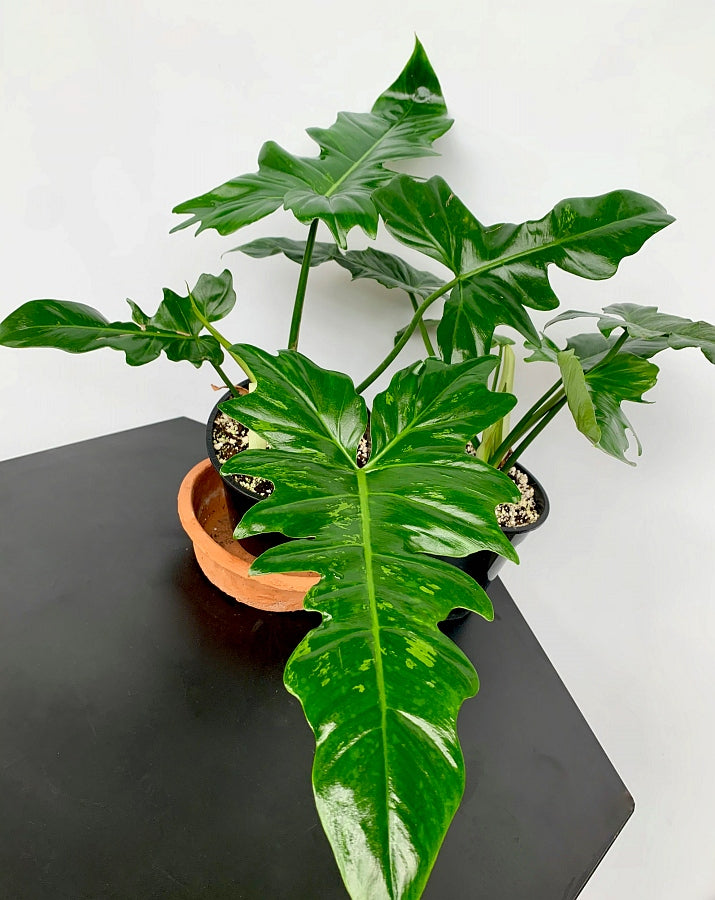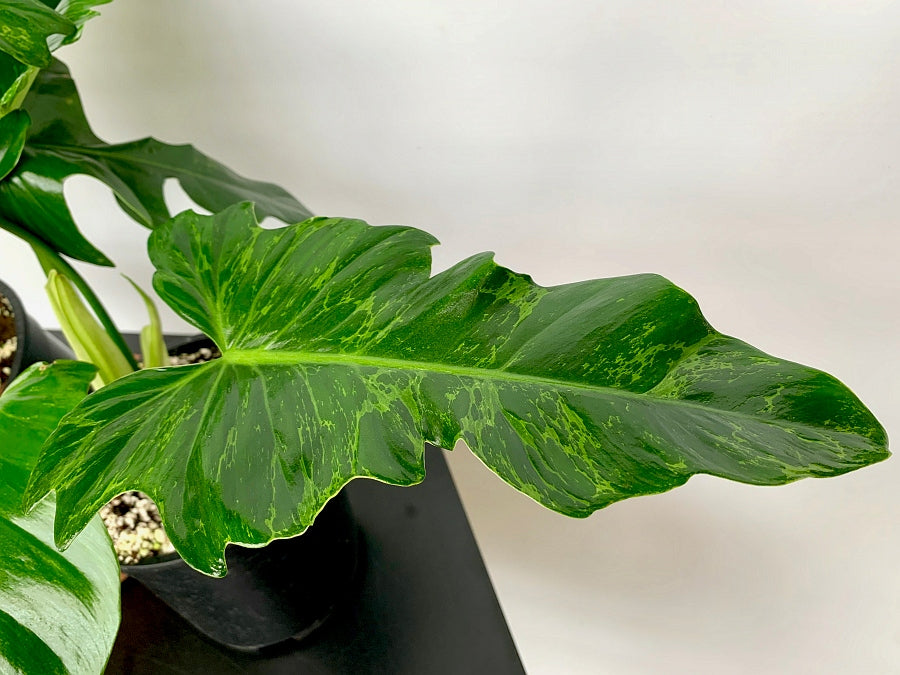Growing houseplants and orchids in our climate is often a challenge. Often, keeping them indoors is already quite complicated because many distinct and special plants come from a specific climate. Nevertheless, a few general tips apply to many plants that can help make caring for your beloved tropical friends easier.
Light
Houseplants need natural light. This means that sunlight in a room is a must. The strength needed can be different for each plant, so it is advisable to first look at the needs found on care pages, for example, or by looking at the leaf color.
Leaf color
In general, plants with light leaves prefer to be in brighter indirect sunlight and plants with darker leaves prefer to be a little further in the shade.
Water
The water requirements of plants can be very different. Not only by species, but also by climate. So look especially at the advice from care pages about when the plant is thirsty again: for example, when the potting soil is still slightly moist. You measure that at the bottom of the pot (otherwise the plant may stay too wet and rot).
Composition
Water should always be clean and fairly stable in composition, making tap water unsuitable for most species. Moreover, water at room temperature or just a few degrees warmer is always best.
Substrate
Not all plants like the same thing around their roots. For example, many orchids such as Paphiopedilums and Phalaenopsis are used to having some air movement around roots and good drainage. Other plants such as many Philodendrons or Monsteras like to have richer potting soil with peat again, where there is nutrients and moisture more compactly around the roots.
Humidity
For most tropical houseplants, the desired humidity for plants is already over 60% on average. However, there are species that like to be in more than 80%, such as some miniature orchids. The level of humidity contributes to the firmness of the leaves, as well as how long the plant itself can hold moisture and whether the plant can easily unfurl its new leaves. In turn, too high humidity in some species can cause mold growth or other diseases, but it can usually be influenced with good air movement.
Air movement
Air movement is something that is often forgotten when caring for plants in the room in particular. There will often be some minor air movement, but some species require just a bit more than other plants. Too much air movement, in turn, can cause humidity to drop too quickly or be difficult to maintain.
Cold breeze?
In addition, drafts are pretty much always out of the question with tropical houseplants (especially in winter). This can cause damage fairly quickly with large temperature differences.
Nutrition
Nutrition can usually be divided into at least 2 types: tropical houseplant nutrition and orchid nutrition. Nutrition is not always a necessity and can also cause damage to the leaves or roots due to mineral buildup. So it is important to build this up carefully and not overdo it. The substrate can also be flushed once in between to remove any minerals left behind.
Temperature
Temperature is obviously an important aspect with plant species that come from warm areas of the world.
Pests and diseases
When the growth of the plant stagnates or strange spots are found, it may indicate the presence of pests or another disease. So it is important to make the climate as optimal as possible.
Did you discover something? Then immediately set the plant apart from the rest. That way there is less chance of infection. Then treat the plant daily for at least 2 weeks with the appropriate pest controller or disease control agents.
Easy plant
By choosing a plant that is not attractive to pests, you can ensure that taking care of plants does not become too intensive. The Monstera deliciosa is an example of a relatively easy houseplant that is not easily bothered by pests.
So is it too much trouble?
Some plant lovers don't feel like constantly keeping up with the care of complicated tropical species. That is why we have set up a page on filtering easy plants. These plants can take a beating and do not need to be in a custom climate, for example.
A fake one after all
Is that still too difficult because you have to travel too much, for example? Then an artificial plant can still be a solution. It will always be beautiful!


